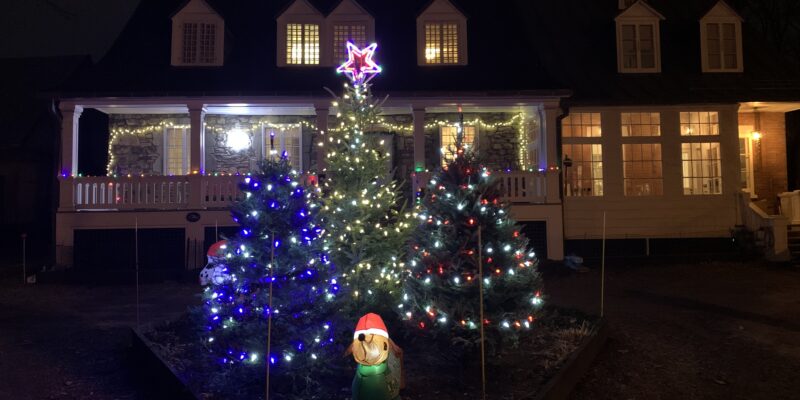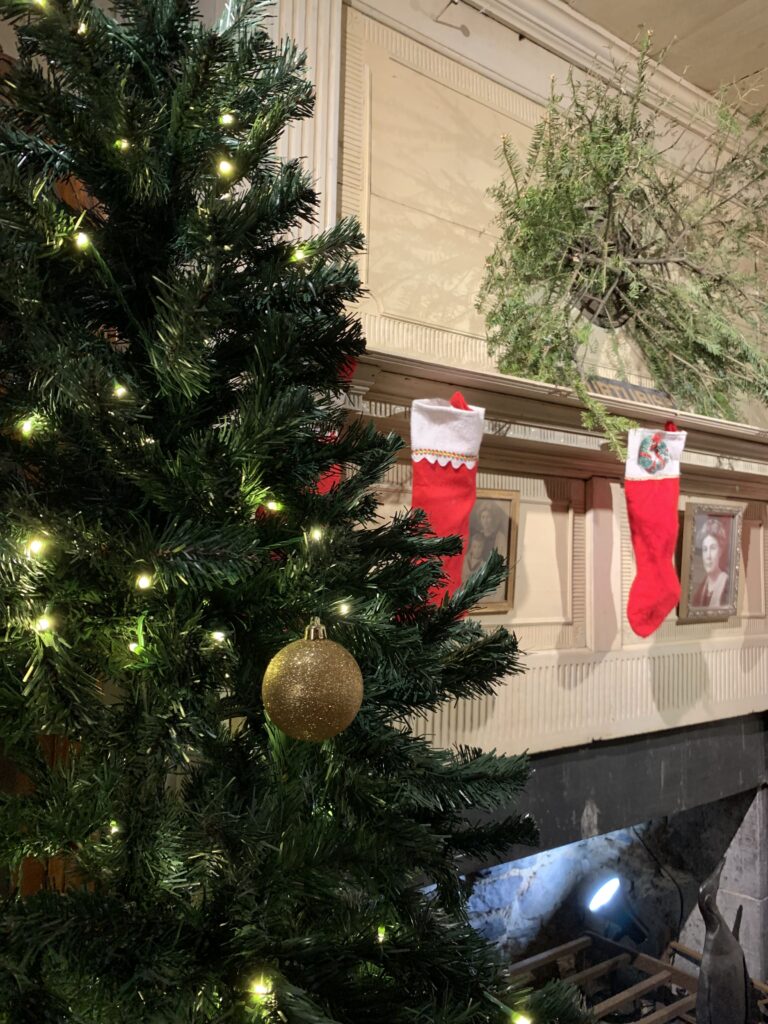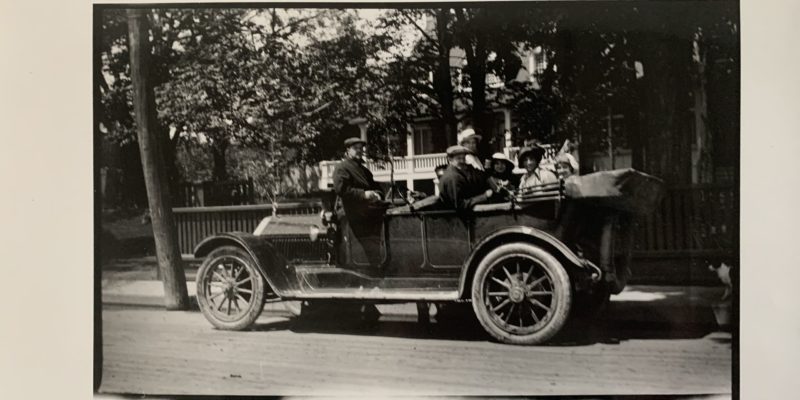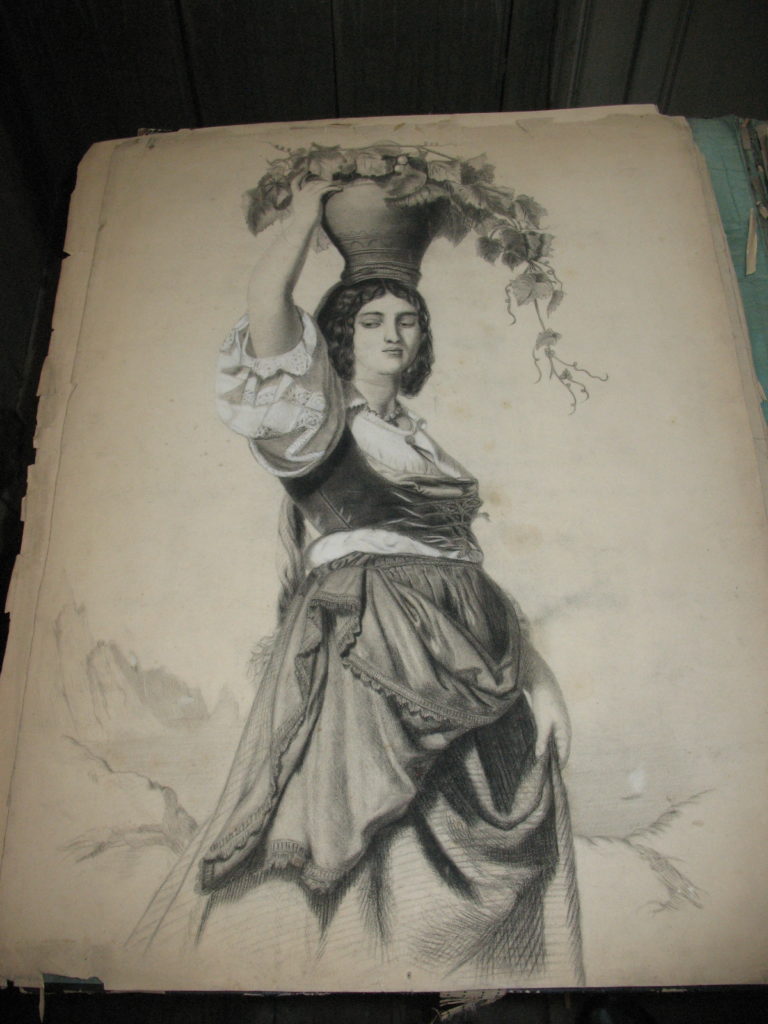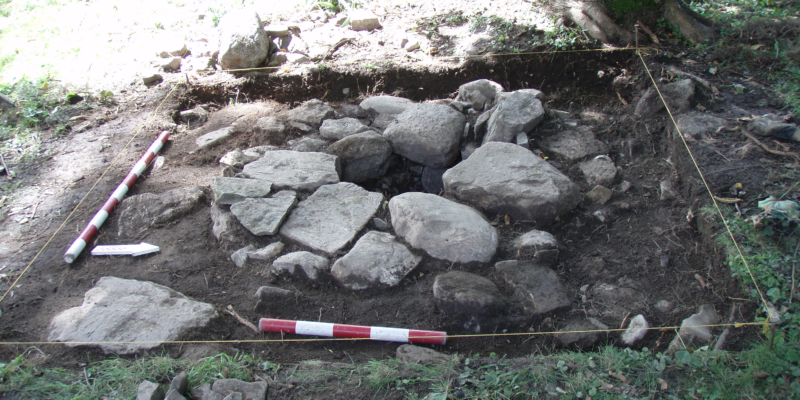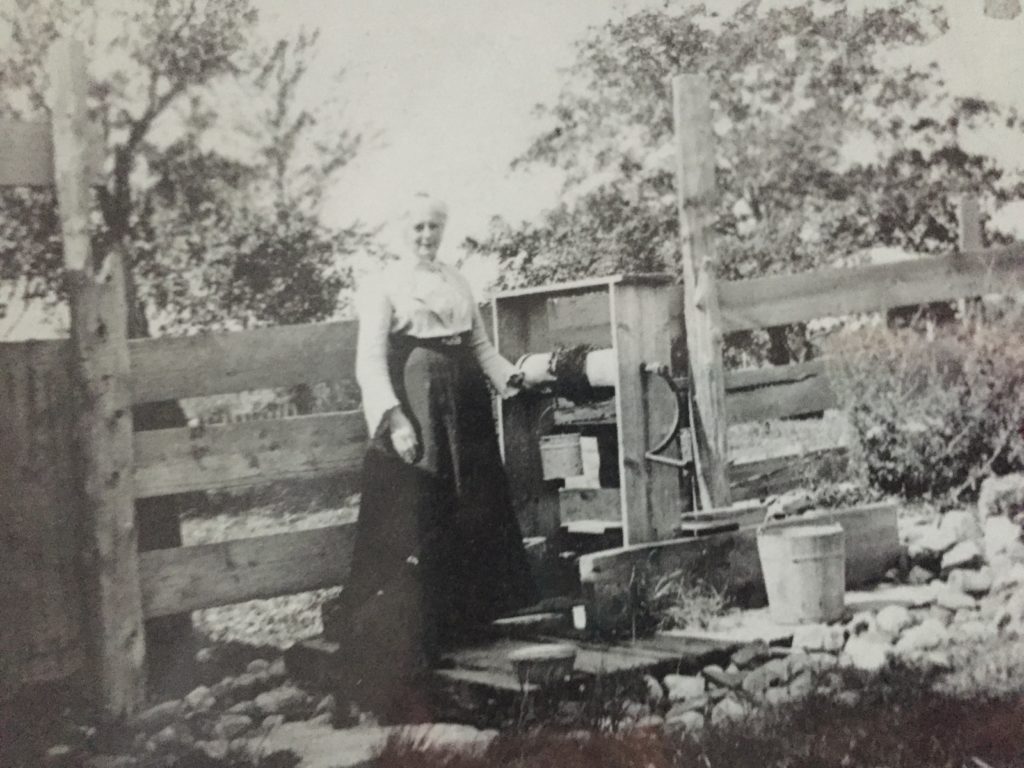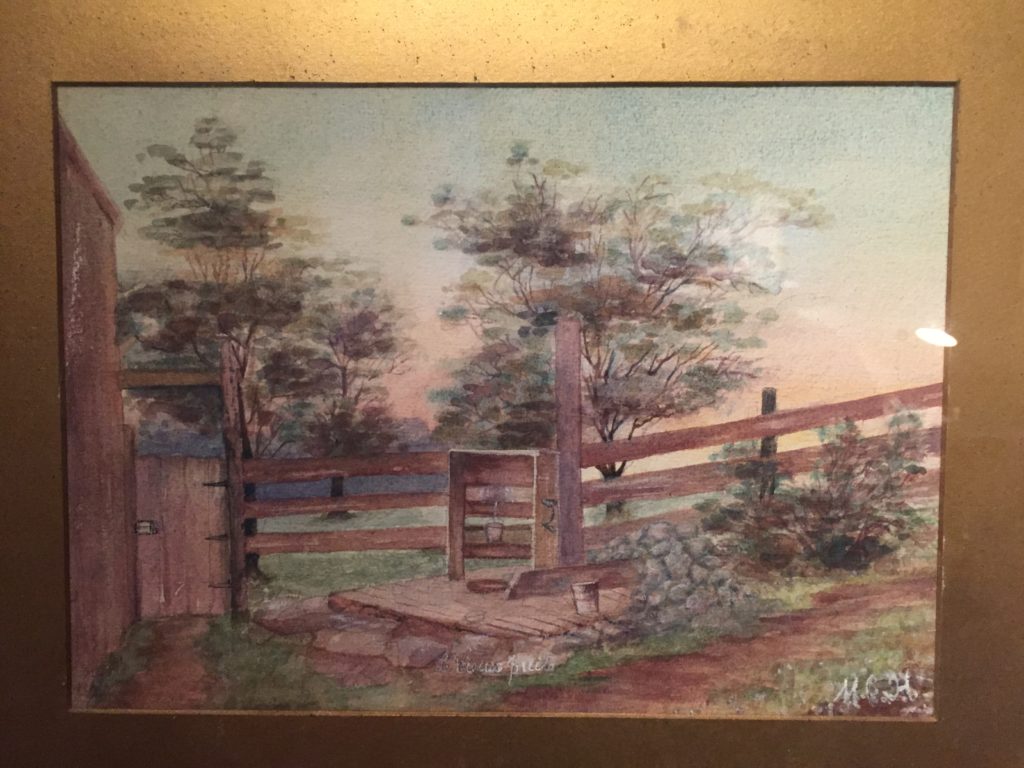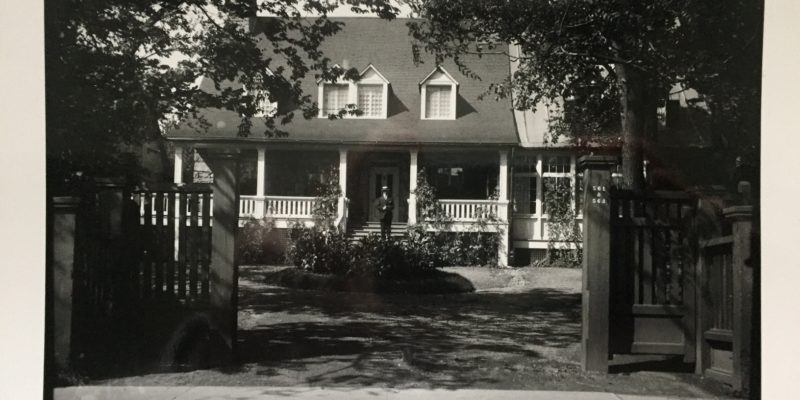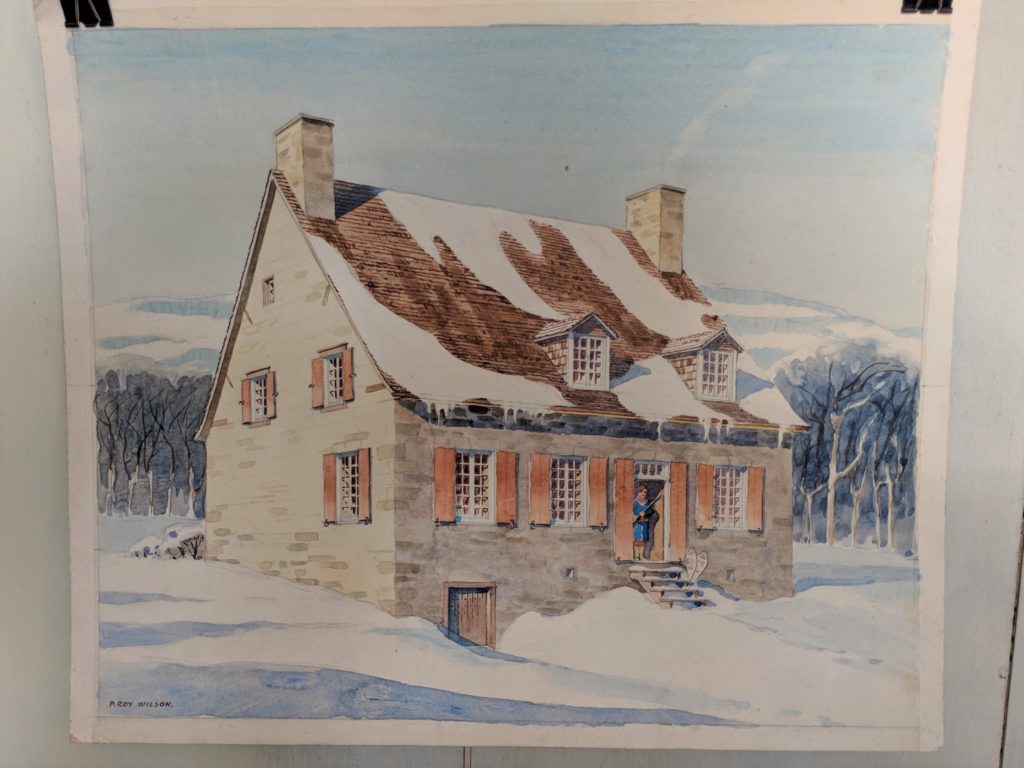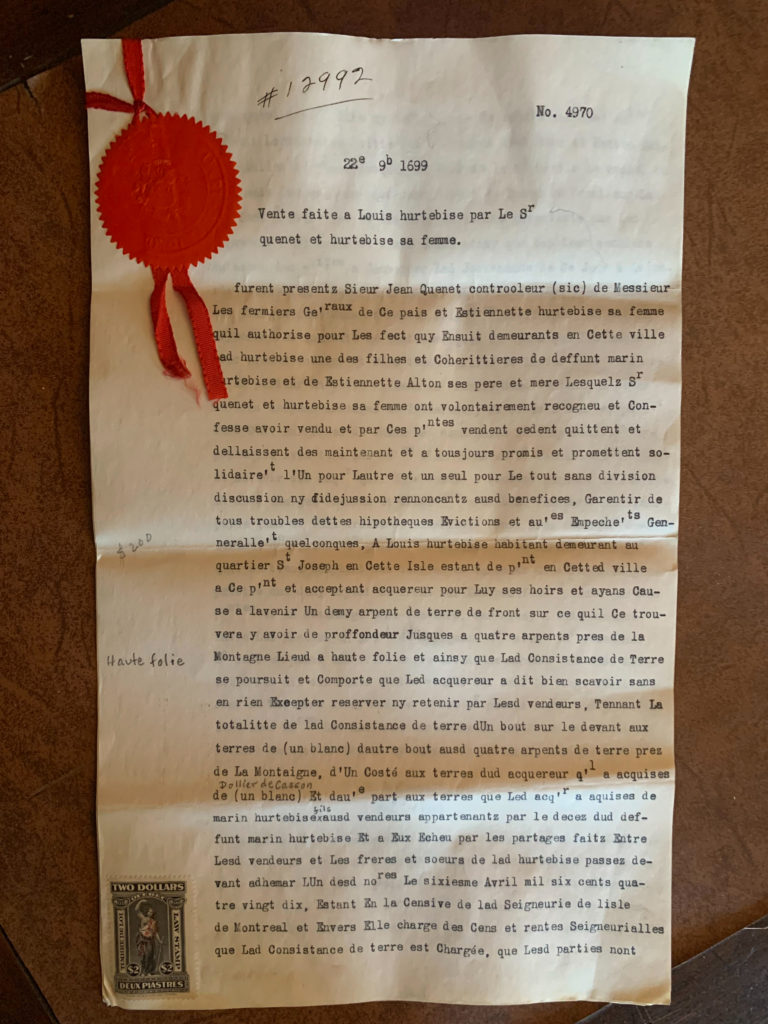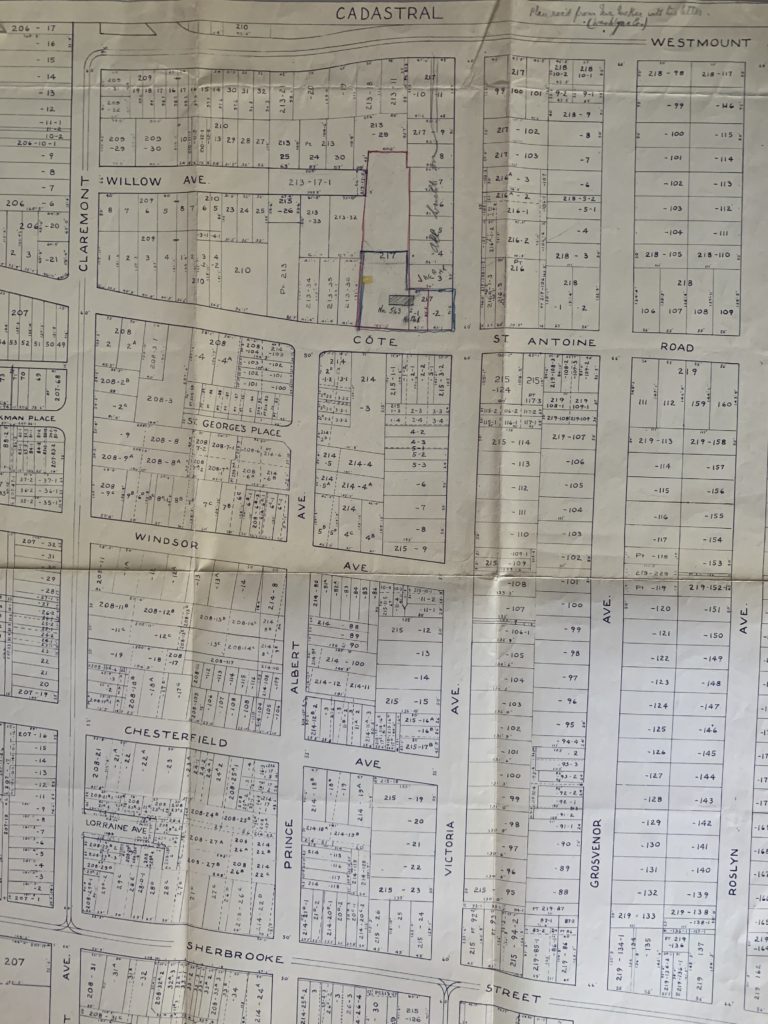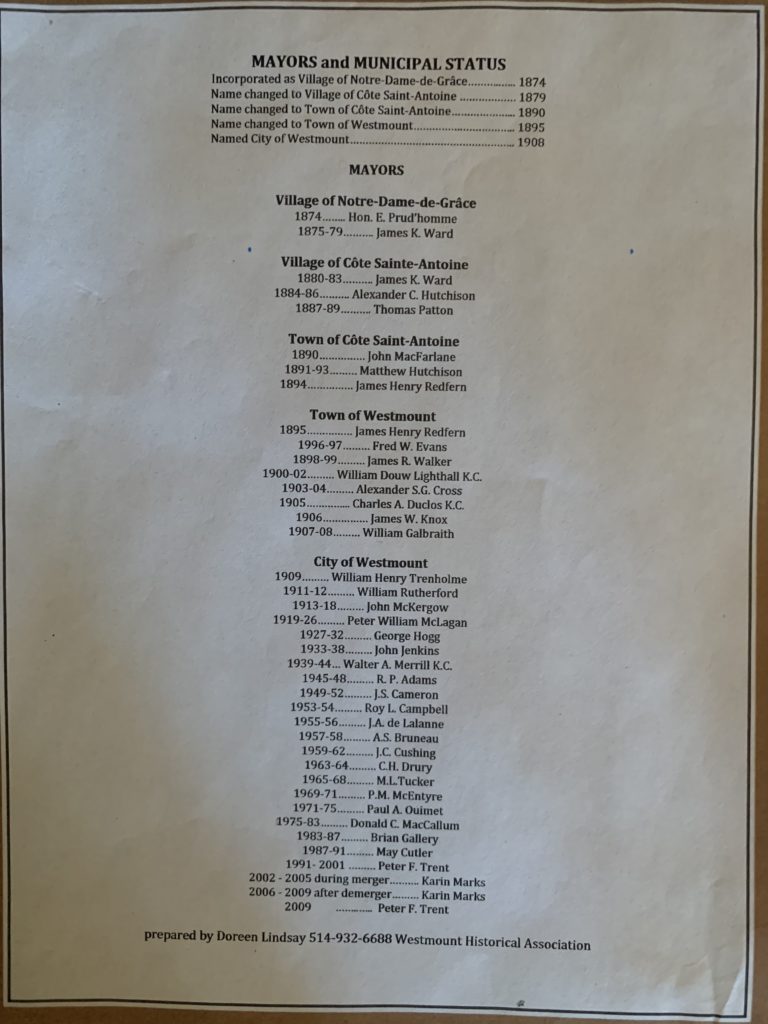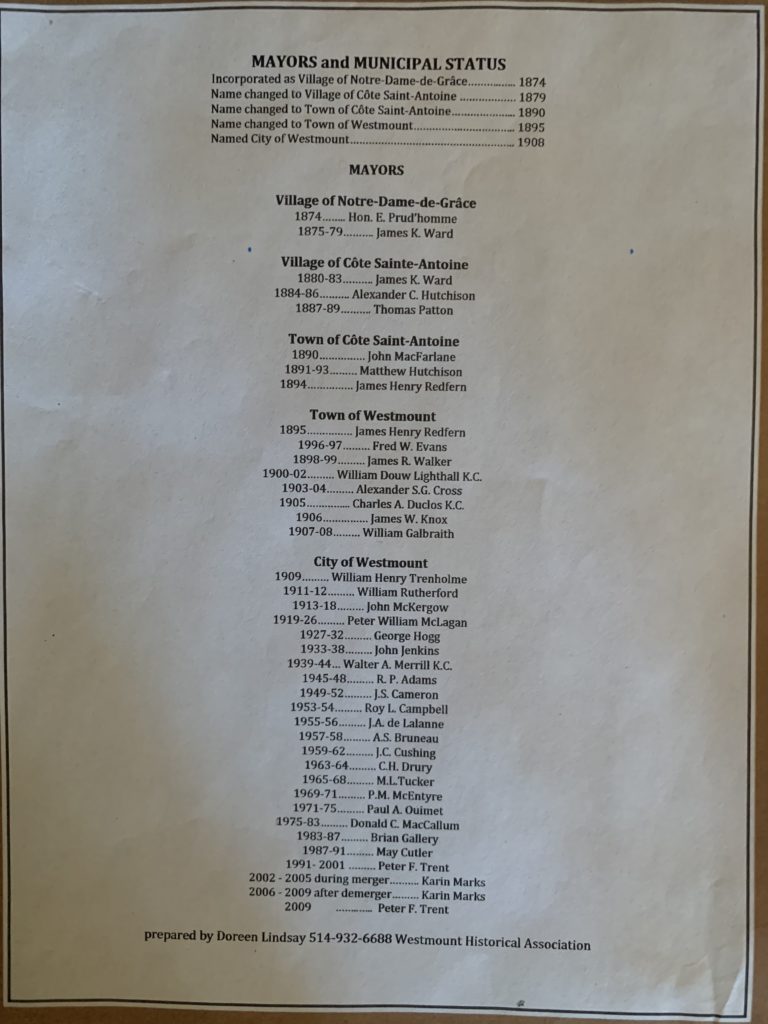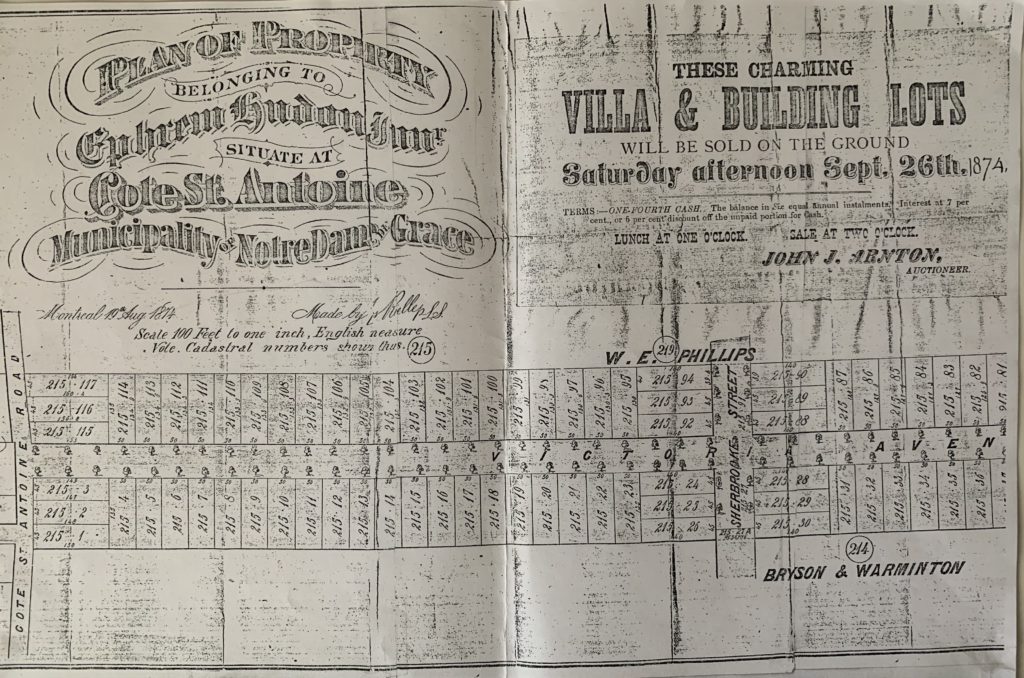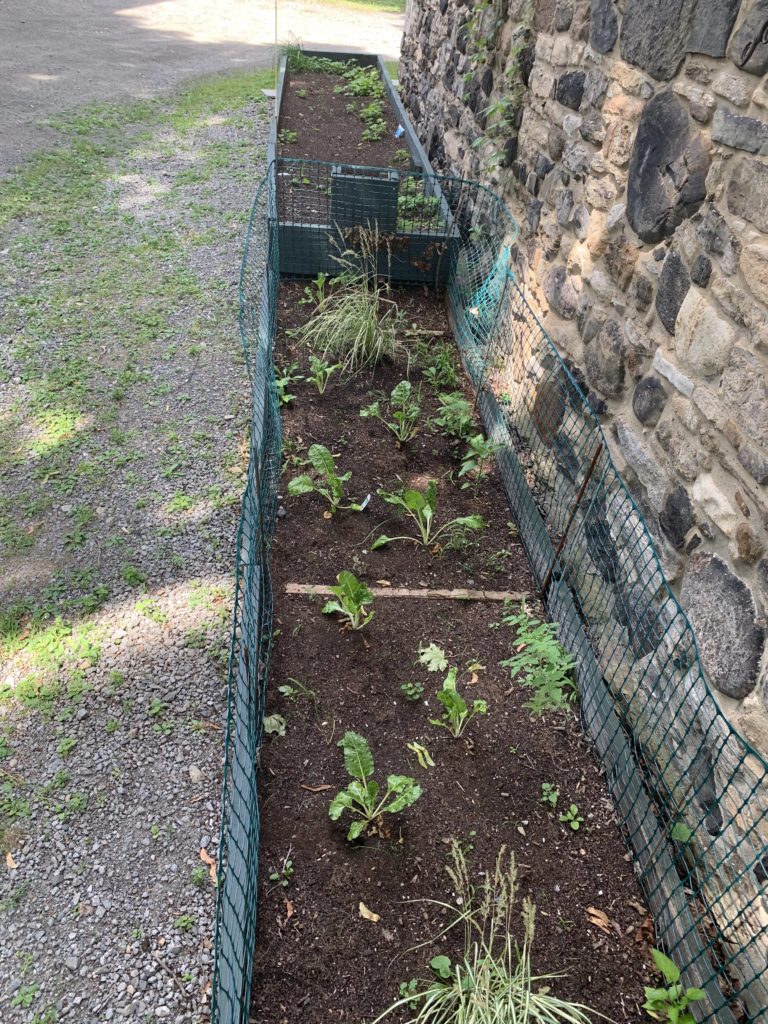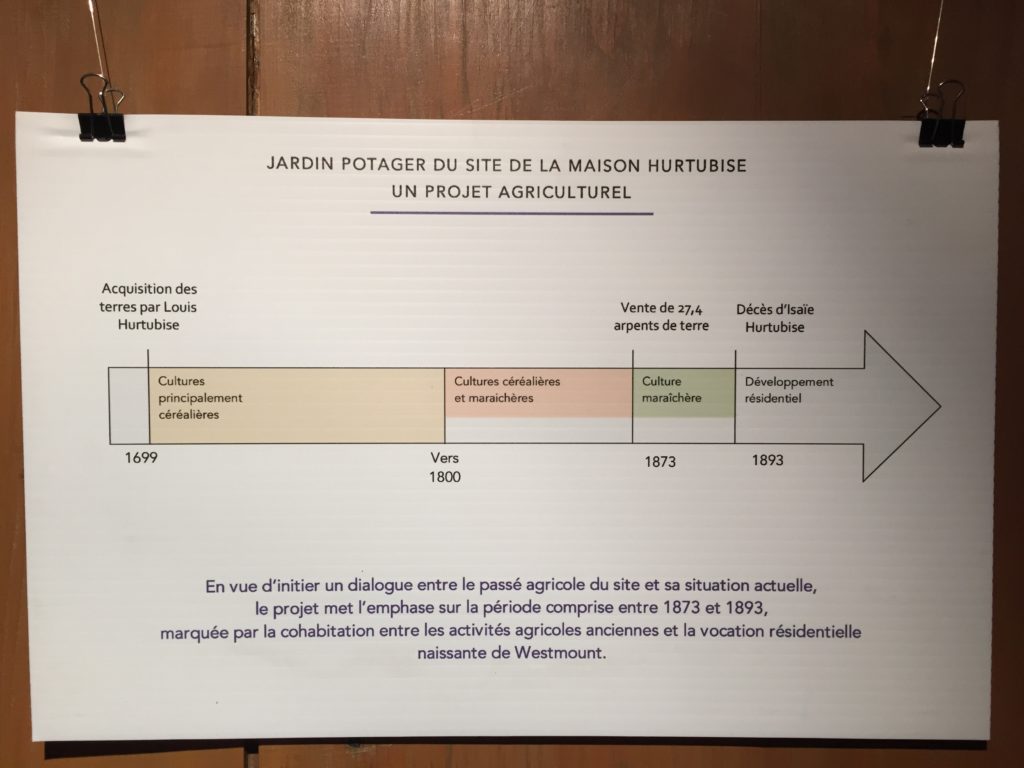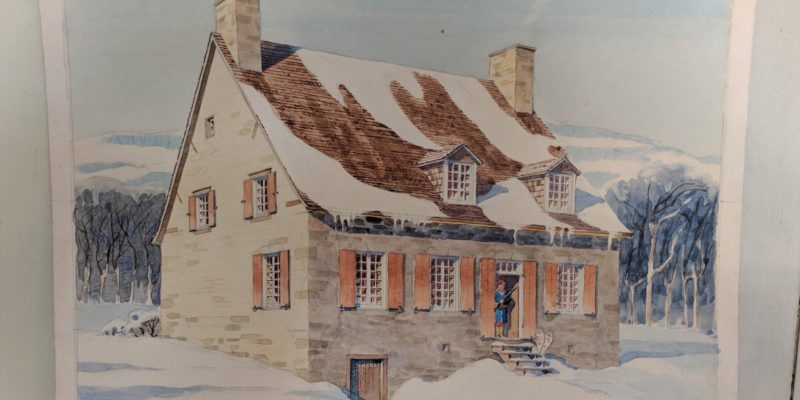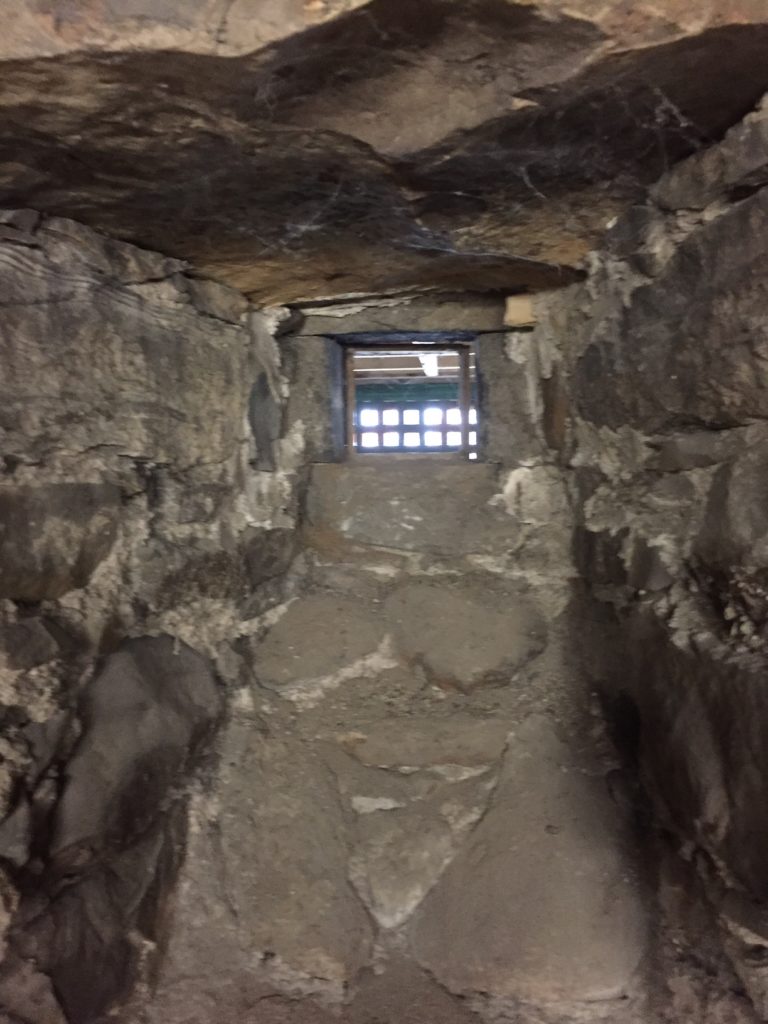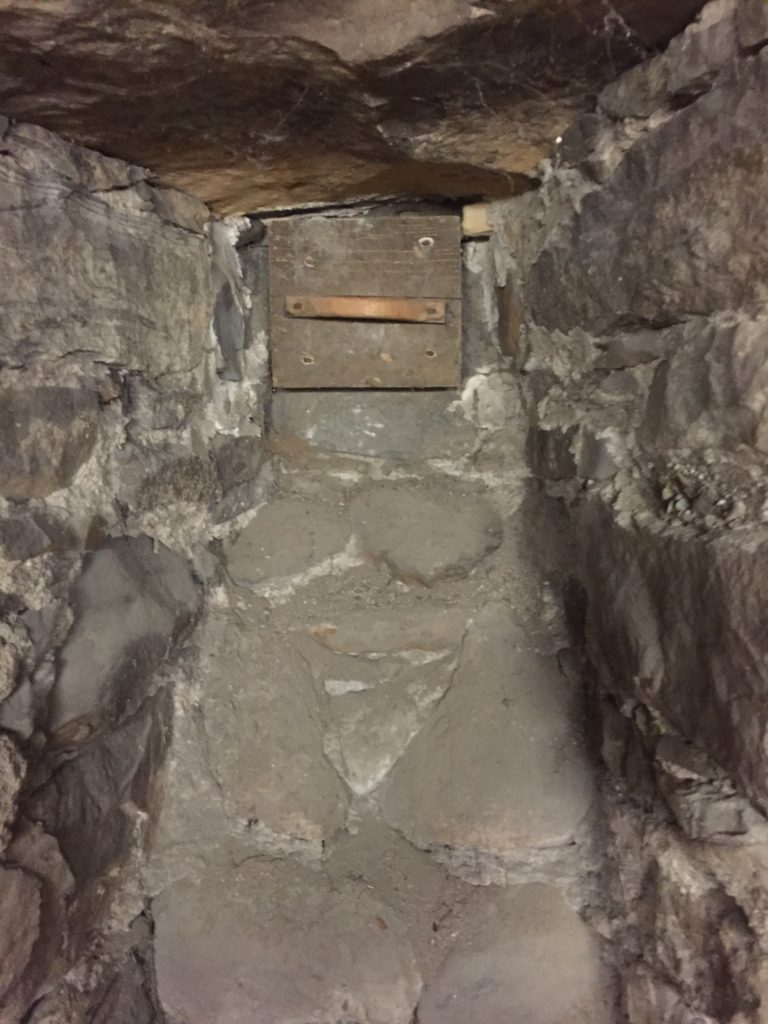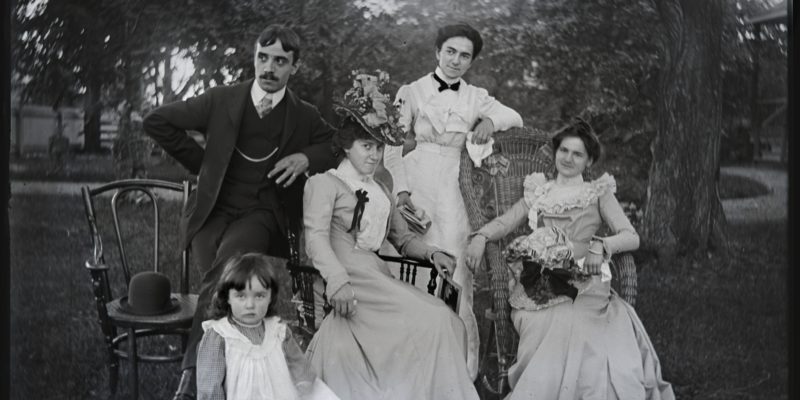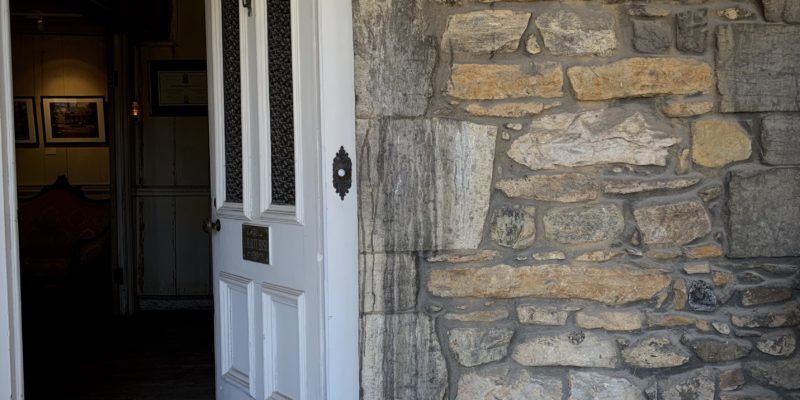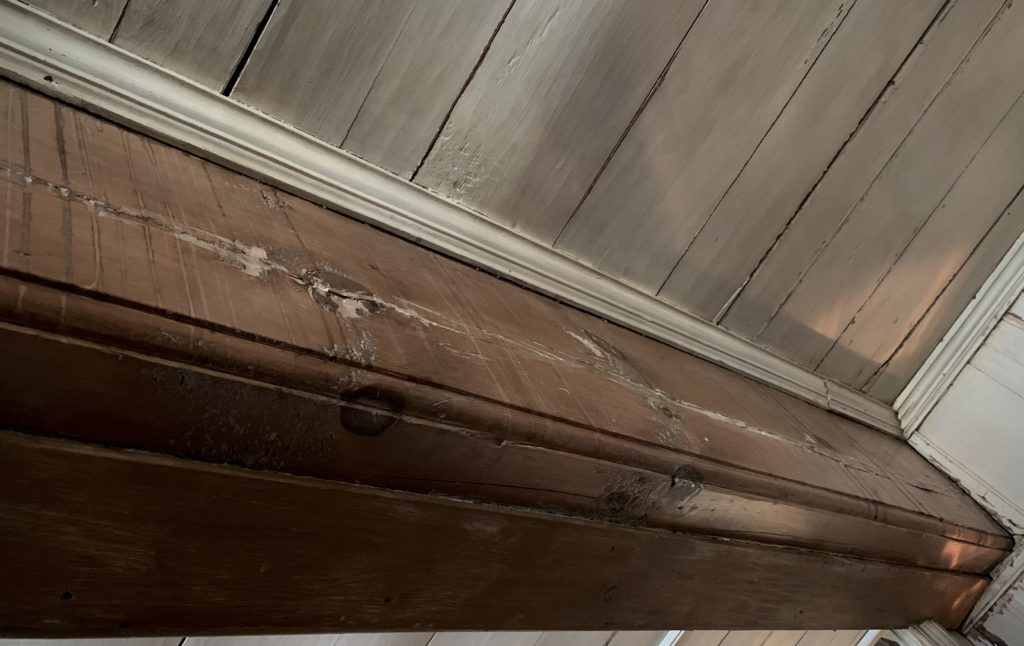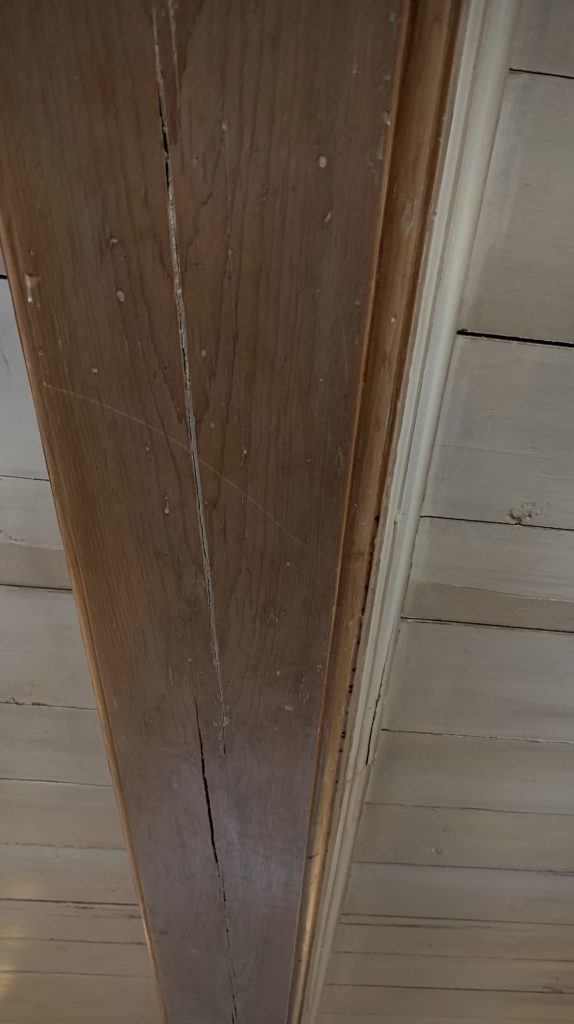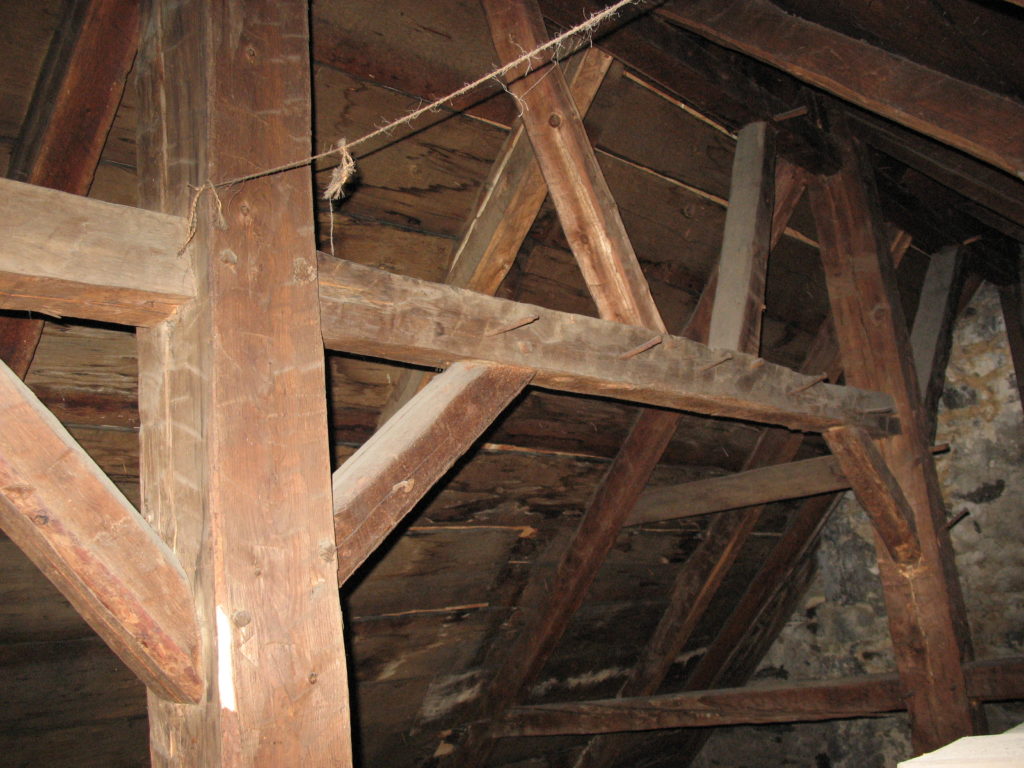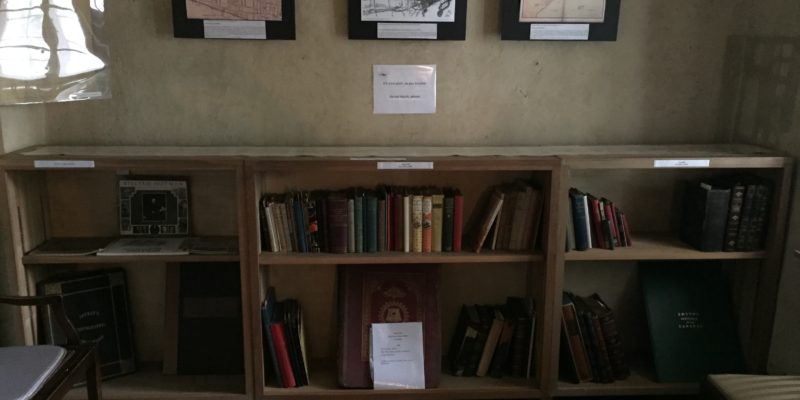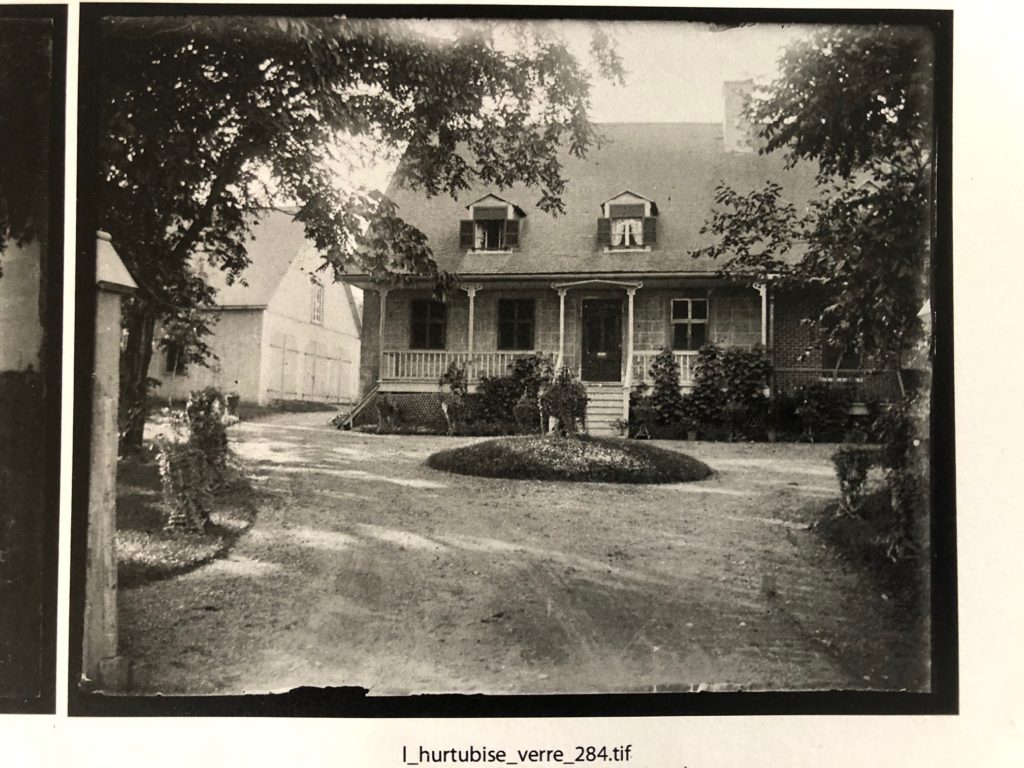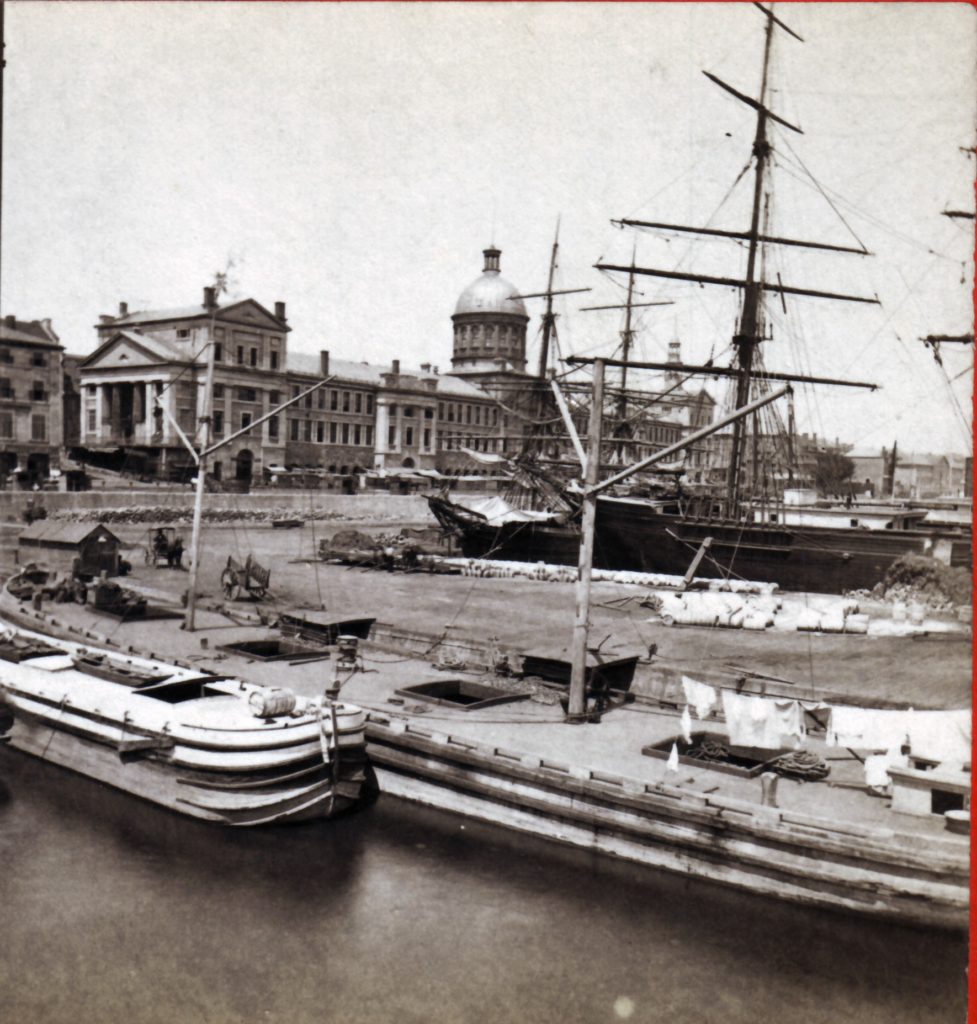Written by Delia Oltean
And here it is, finished… It is magically perfect! However, you must take a few steps back to see all the colours sparkling in the dark… The coloured globes reflect the lights and send red and green beams everywhere, it’s beautiful. When you get closer, it’s the little details of each bauble that are revealed. Yes, this year, our Christmas tree is very nice!
Suddenly a thought comes to mind: what is the history of this beloved tree?
We must go back as far as the Middle Ages to see these famous Christmas trees. The only difference is that then they were not in our homes, but in theatres (Lebel, 1996, p. 24)! It was not until the 16th century that the first decorated trees appeared in Alsace and Strasbourg. What were the ornaments? Apples, sweets, pretzels, and paper roses as a symbol of the Virgin Mary. Gifts for children were also hung among the branches (Marsh, 2015).
Even though the tradition of the Christmas tree originated in France, it seems that the practice was not really pursued by the colonists in Nouvelle France. It was not until the wife of a German general, Friederike Charlotte Louise von Riedesel, decided to light a tree on Christmas Eve in Sorel in 1781 (Lebel, 1996, p. 24).
As for the famous Christmas baubles, they appeared in Germany during the 1830s and did not immediately find their place on the branches of the tree, but rather were hung in the windows. The function of the baubles was to detect evil spirits who wished to spoil the holiday (Lebel, 1996, p. 25). Indeed, if we see our own reflection, it means that we are a real human being who can receive our gifts. Without a reflection, however, we must be careful!
The practice of setting and decorating one’s Christmas tree gained popularity during the Victorian era, in 1848, after an illustration depicted the royal family decorating their Christmas tree. Even though Queen Victoria and her husband, Prince Albert, contributed to the popularity of the tree, it is necessary to mention that, contrary to popular belief, the tradition had already been started by Queen Charlotte at the turn of the 19th century (Marsh, 2015).
As the 19th century progressed, inventions such as the electric bulb also contributed to the magic of Christmas: the manufactured production of garlands began around 1890. Interestingly, the first Christmas tree lit by small electric bulbs in Quebec was in Westmount in 1896 (Lebel, 1996, p. 26)!
This year, it is Maison Hurtubise’s turn to join the tradition of lighting the Christmas tree. During the holiday season, don’t hesitate to pass by the house—it’s your turn to observe this tree with a fascinating history!
We wish you a happy holiday season.
Bibliography :
Lebel, J.-M. (1996). Mon beau sapin : coutumes et décorations de l’arbre de Noël. Cap-aux-Diamants (47), 24–27. https://id.erudit.org/iderudit/8234ac
Marsh, J. (2015). Christmas in Canada. In The Canadian Encyclopedia. https://www.thecanadianencyclopedia.ca/en/article/christmas-in-canada
